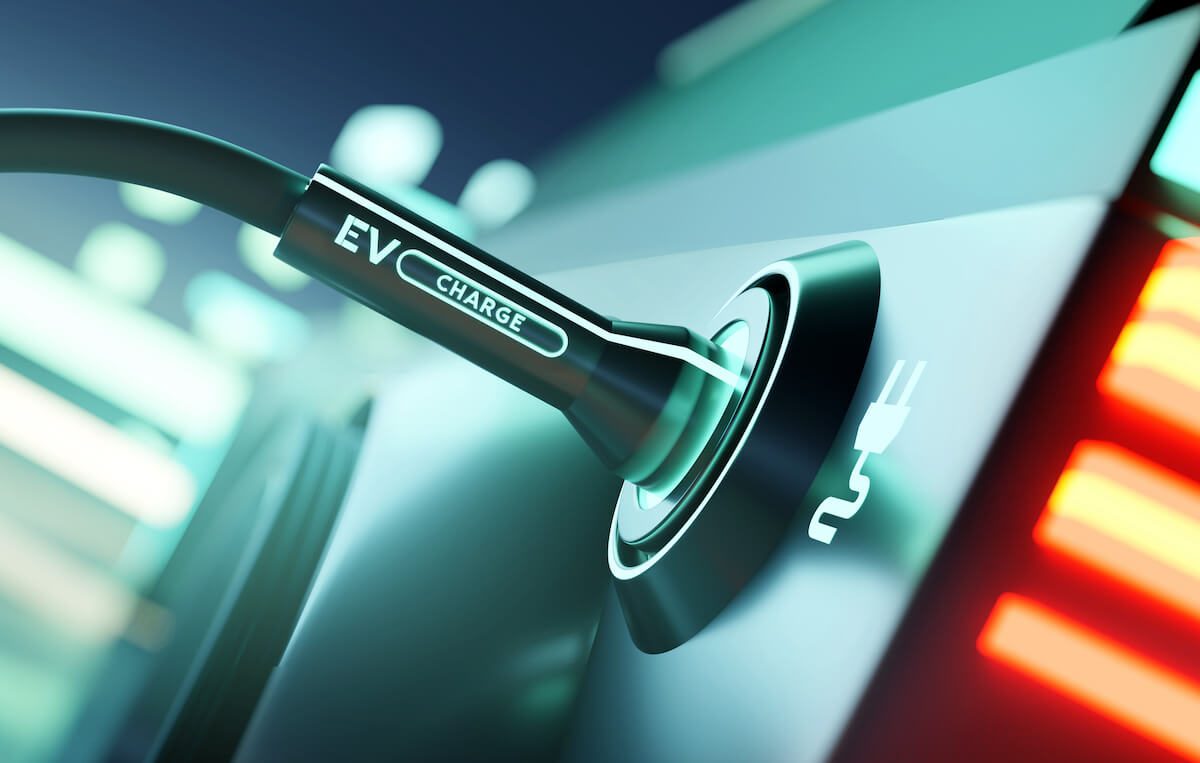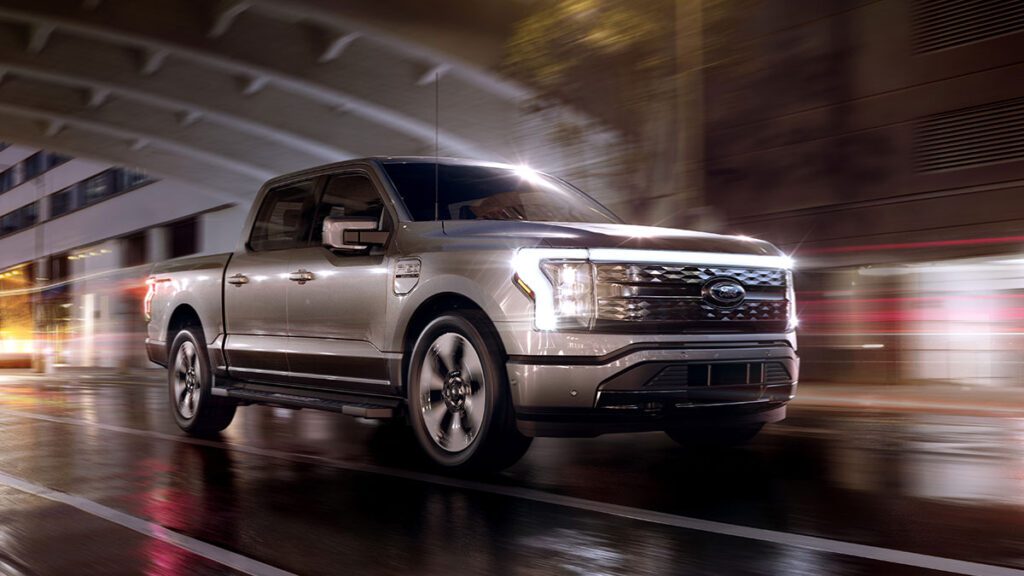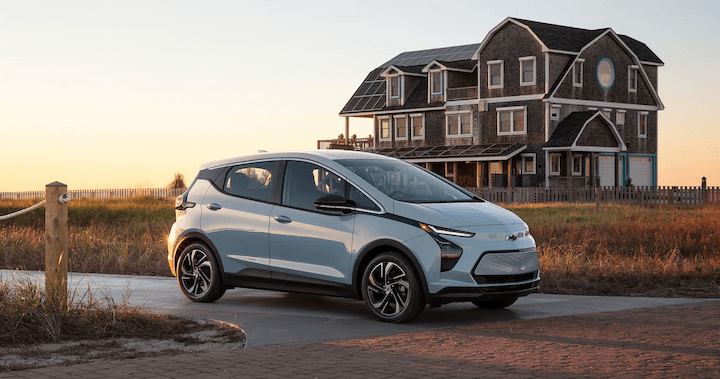8 Steps to Effectively Plan for EV Charging
Transportation is going electric, and one of the most crucial aspects to successful EV adoption is the research and planning that goes into how your vehicles will be charged. It may seem like an overwhelming process, but it doesn’t have to be — our guide is here to help.
Keep reading to learn more about effective planning for EV charging, including key considerations, questions to ask, information about important timelines, and more.
Benefits of Incorporating EVs Into Fleets
There are many reasons why electrification is right for your fleet.
- EVs are more energy efficient than an internal combustion engine (ICE). According to the U.S. Department of Energy, EVs convert more than three-quarters of electrical energy, whereas ICE vehicles only convert anywhere from 12%–30% of energy.
- EVs will help you meet ESG goals. It’s one of the biggest acronyms in business today — Environmental Social Governance. In fact, 83% of consumers think that companies should be shaping ESG best practices. EVs are one of the quickest ways to make progress in your organization’s overall ESG goals.
- EVs require less maintenance than traditional vehicles. Fewer moving parts and less fluids to change in EVs can help your fleet save money in terms of unplanned costs and downtime.
- There are many government incentives for electric vehicles. An electrical vehicle tax credit is a government incentive to encourage the purchase of battery electric vehicles (BEVs) and plug-in hybrid electric vehicles (PHEVs).
8 Steps to Effectively Plan for EV Charging
1. Identify preferred EV makes and models.
One of the first steps is to figure out what types of electric vehicles are right for your business or organization. Here are some questions to ask:
- Are you in the market for SUVs, trucks, or cargo vans?
- Is your organization brand agnostic, or do you prefer certain manufacturers?
- Do your routes require a specific mileage range per battery charge?
- How much are you allocating for EV purchasing or leasing?
A fleet management company that specializes in EV fleets can help you compare electric vehicles and determine which ones are the best for your profession and industry.
2. Determine your charging model.
There are three main types of charging options — home, depot, and public. As a fleet manager, you may opt for one or a combination of the three.
A depot charging station enables you to charge your EVs overnight in a centralized hub. Home charging stations are available for drivers to charge their vehicles at home.
Depot and home charging are the most popular options for EV fleets, but public charging stations are available across the country, which can be helpful for EV drivers who need a quick charge during longer trips.
The EV experts at Merchants Fleet have developed the ClearCharge™ suite of charging products to allow fleets to easily plan, develop, and implement customized work, home, and public charging solutions to meet the evolving charging needs of their business.
3. Understand your fleet’s usage patterns, routes, and distances.
It’s important to figure out the logistics and parameters for your operations. You should not only consider the length of your routes, but also the locations, climates, elevation, and types of driving (highway, city, or urban) that your drivers will encounter. Then think about the typical range of each EV, its battery size, and the number of electric vehicles in your fleet. How often will your vehicles need to be charged?
4. Start planning for the types and locations of charging stations.
There are three levels of EV charging:
- Level 1 charging stations, which are usually reserved for personal use, simply plug into a standard wall outlet. It will take 24 hours or longer to fully charge an EV with a level 1 charger. Level 1 stations do not require any investment, but they do charge vehicles more slowly.
- Level 2 stations are the most common charging stations at workplaces. With a level 2 charging depot, EVs can charge from 0% to 100% battery capacity in approximately 10–12 hours, and much less if starting from a partial charge. Level 2 stations are recommended for both home and work locations.
- Level 3, or DC fast charging ports, are available in some public depots. Although they can charge an EV to 80% in as little as 20 minutes of charging, this type of charging is best used as-needed while drivers need to top off their batteries on the road.
Fleet managers should take into consideration where their vehicles are stored at the end of each day, and if this makes sense for installing charging stations. Ideally, your charging stations should be convenient and close to your building. If you aren’t offering outside access to your chargers, they should be protected from the public.
5. Conduct your research.
You can start by talking to an EV consultant about the types of charging stations you’ll need for your business or organization. In some cases, an independent contractor can be hired to conduct an electrical feasibility study on the property where charging will take place. In some instances, they may find that an upgrade to your existing service is needed. New electrical panels and breakers might also need to be installed in order to accommodate the chargers on older electrical systems.
A fuel card can be a resource for drivers looking to easily pay for public EV charging. Check with your fleet management company to see if this is an option that can be added to your existing fuel card, as not every provider offers compatibility with EV charging stations for billing purposes.
Other important points to research include maintenance and operation costs and ways to reduce EV infrastructure costs (such as tax credits and incentives). Keep electric vehicle upfitting in mind, depending on your industry or profession.
You can also consider implementing an EV pilot program, which is a trial period for fleet managers to discover how to best incorporate EVs into their fleet.
6. Start planning for your electrical needs.
Your charging stations cannot properly function without power, so it’s best to contact your fleet management company to see if their EV consultants can assist with the process. An end-to-end EV provider like Merchants Fleet will have experts who work with your local utility company early in the process to ensure you have proper power for your charging stations. They can also help determine whether any infrastructure or equipment upgrades are necessary.
7. Develop a timeline.
If you’re considering electric vehicles, now is the time to start planning. It takes time to find the right EVs for your organization and to properly pilot them. Installing your charging infrastructure can be a long process — anywhere from 3–18 months, especially if you have more than three to four plugs. It’s important to start planning early, gain stakeholder buy-in, and ensure this type of project aligns with your ESG goals.
8. Make sure your charging stations are completed in time for the arrival of your EVs.
When your electric vehicles arrive, you want to make sure you have completed, ready-to-use charging stations. Sometimes supply chain issues and other factors out of your control may impact these timelines but do your best to ensure the charging stations are up and running before the arrival of your EVs.
Hear From One of Our Customers
Edge Auto Rental is a rental car agency based in New York City that had a delivery of electric vehicles on the way but lacked the charging infrastructure. The good news is that they already have an established and trusted relationship with Merchants Fleet, so we were ready to help.
“We needed an EV charger installation partner that was able to hit a very tight deadline for getting units installed at multiple sites. I’ve worked with Merchants for years as a fleet client, and they delivered big time when it came to getting our chargers installed. We will be calling Merchants Fleet for our next round of installations.” — William Harris, Owner of Edge Auto
Are You Ready to Start Your EV Journey?
Our EV consultants have the experience and knowledge to answer all of your questions. Contact us today for more information or with any questions about electric vehicle infrastructure planning.




